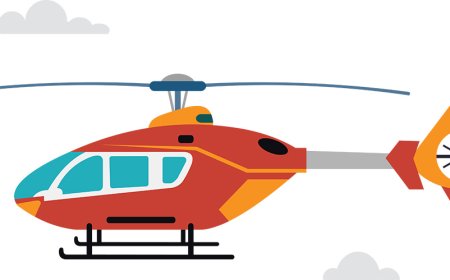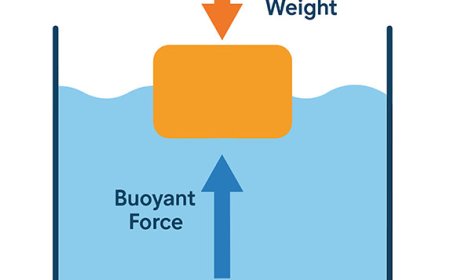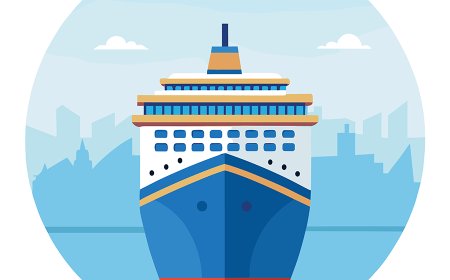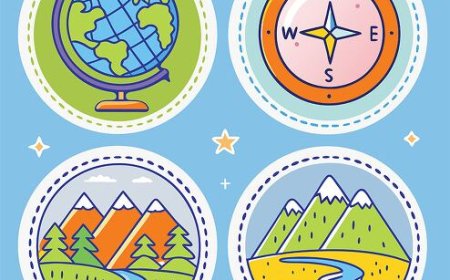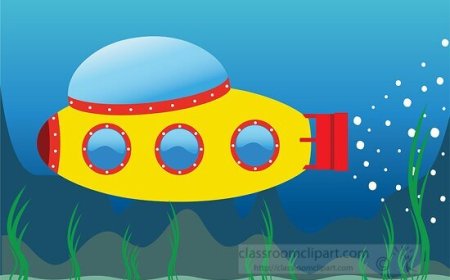What Is a Train? Types, History, and How Trains Work for Kids
Learn what a train is and how it works. Discover the different types of trains, how fast they go, and why trains are important for kids and students.
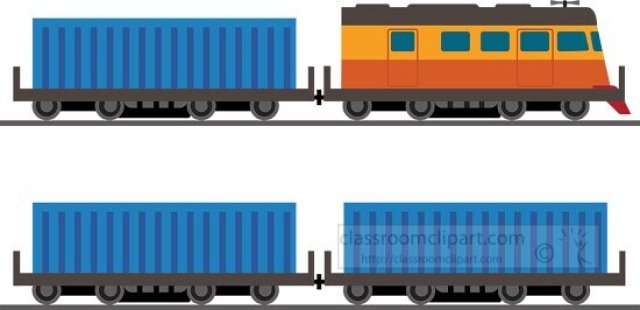
🚆 Train: The Fast and Powerful Ride on Rails
Summary:
A train is a land vehicle that runs on rails and carries people or goods from one place to another. Trains have been an important part of transportation for over 200 years, and today they are used all over the world. In this article, you'll learn how trains work, the different types of trains, and why they’re still one of the fastest and most efficient ways to travel.
🛤️ What Is a Train?
A train is a group of connected cars (called carriages or wagons) that move along a track. The first car, called the locomotive, provides the power to pull the rest.
Trains can carry:
- Passengers – People traveling for work, school, or fun
- Freight – Cargo like food, coal, cars, or mail
Trains move along railways (also called railroads), which are tracks made of steel.
⚙️ How Do Trains Work?
Trains are powered in different ways depending on the type:
- Steam engines – Used in the past; burn coal to make steam
- Diesel engines – Use fuel like trucks or buses
- Electric trains – Get power from overhead wires or third rails
- Maglev trains – Use magnets to float and move above the track (very fast!)
💡 Did You Know? Some modern trains can travel over 370 miles per hour, faster than an airplane during takeoff!
🚉 Types of Trains
| Type | Purpose |
|---|---|
| Passenger Train | Carries people between cities or countries |
| Freight Train | Transports cargo like wood, oil, and electronics |
| Subway/Metro | Underground train used in big cities |
| High-Speed Train | Super-fast train for long-distance travel |
| Light Rail/Tram | Smaller city trains for short trips |
Each type of train helps move people and goods in different ways.
🕰️ A Brief History of Trains
- Early 1800s – The first steam-powered trains were invented in England
- 1860s – Railroads helped connect the East and West coasts of the U.S.
- 1900s – Diesel and electric trains replaced steam engines
- Today – High-speed and magnetic trains lead the future
Trains changed the world by making travel faster and more affordable.
🌍 Why Are Trains Important?
Trains help cities, businesses, and people every day:
- Efficient – Can carry hundreds of people or tons of cargo
- Fast – Avoid traffic and weather delays
- Eco-friendly – Electric trains produce less pollution than cars
- Reliable – Follow set schedules and tracks
Trains are used in both big countries and small towns. They help reduce road traffic and connect places that are far apart.
🛤️ How Do Train Tracks Work?
Train tracks are made of two parallel steel rails that guide the wheels. Trains must stay on the tracks at all times.
- Switches move trains from one track to another
- Signals and lights help trains avoid accidents
- Railway stations are where people get on and off
Train tracks can be found on the ground, above ground (elevated), or below ground (subways).
📚 Vocabulary to Know
- Locomotive – The engine that pulls the train
- Carriage/Wagon – A car that holds people or goods
- Railroad/Track – The path trains follow
- Subway – An underground train
- Freight – Goods or cargo carried by a train
🧠 Think About It!
Why do you think some people prefer trains over cars or airplanes?
🧒 Kid-Friendly Summary
A train is a long vehicle that runs on tracks and moves people or things. Some trains go underground, and others travel across the country. Trains are fast, helpful, and one of the coolest ways to travel!


















































